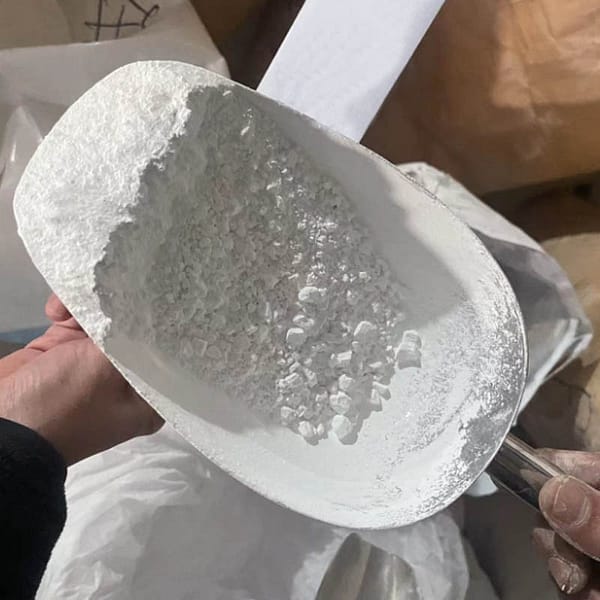In the vast canvas of industry of titanium dioxide, which is also referred to as TiO2, titanium white or Pigment White 6 (PW6) shines like a bright star, particularly in the realms of plastics, paints, paper, and rubber. This versatile compound, revered for its brilliant white color, plays a pivotal role in transforming raw materials into vibrant finished products. We will look into the enigmas and uses of titanium oxide, as well as the production process, to see how it influences diverse industries.
The Canvas of Titanium Dioxide – A palette of Possibilities
Titanium dioxide is a vital ingredient in many products. It contributes to the appearance and performance of the items that we use daily. Pigment White 6 plays a important role in the making of paints. The brilliant, opaque white color enhances the vibrancy and cover of both industrial and artistic applications.

Titan dioxide is a component used in the industry of plastics for its color, and also to act as a UV stabilizer, safeguarding against harmful UV radiation. This double function makes it an indispensable ingredient in a myriad of plastic products including packaging materials, to durable outdoor items.
The Manufacturing Alchemy of Titanium Dioxide Production Processes
Two methods dominate the production of titanium oxide: the sulfuric-acid method and the chlorination-acid method. Each method comes with its own intricacies and applications, contributing to the versatility of titanium dioxide in various industries.
The Sulfuric Acid Method: This process involves the reaction of minerals that contain sulfuric acid with titanium, leading to the formation of a titanium sulfate-based solution. This solution is then hydrolyzed, resulting in the hydrated titanium dioxide. After calcination, the final product is a fine, white powder that is utilized in a variety of industries, including paint and paper.
The Chlorination Method contrast, the chlorination method utilizes chlorine gas to react with ores bearing titanium, resulting in titanium Tetrachloride. Following a series of chemical reactions, the titanium tetrachloride will be transformed into pure titanium oxide. This method is prominent in the production of titanium dioxide for the plastics and rubber industries.
Titanium Dioxide Applications: Art and Science
Titanium dioxide is a leading ingredient in paints used across industries. Its ability to produce a brilliant white color along with outstanding coverage and long-lasting toughness makes it a top choice for artists, homeowners and industrial use. The brightness it adds to the canvas is not just visible, but also useful in enhancing the longevity of the painted surface.
Titanium dioxide is a component of plastics to provide a luminescent finish. Apart from its role as a white colorant titanium dioxide also functions as a UV stabilizer that provides essential protection from the degradation impact of sunlight. This is why titanium dioxide is an integral element in the manufacture of outdoor plastics that ensures they keep their structural integrity and aesthetic appeal over time.
Titan dioxide is used in the paper business to improve the whiteness of paper and also to improve its opacity. Its addition increases the quality of the paper and makes printed materials more vivid and clear. The application of titanium dioxide in the production of paper is more than aesthetics. It plays crucial roles in improving the quality of printed materials.
Rubber Resilience & UV Resistance: The rubber industry gets benefit from the UV resistance that titanium dioxide provides. Titanium dioxide shields rubber-based materials from the harmful effects of UV radiation.
Titanium Dioxide Impact: More Than Pigment
While the impact of titanium dioxide is evident as a colorant it’s much more than the color of the material. Its ability to improve the strength, durability and endurance of different products in various industries creates the compound as an invisible yet vital contributor to the functionality and quality of end products.
The result is that titanium dioxide develops into a compound with profound significance that seamlessly blends into a variety of industries. It’s referred to as Pigment White 6 and it gives a sparkling shine to canvasses both artistic and industrial. The two processes of sulfuric acid and chlorination expose the alchemy that drives the process, providing that it can be used in a variety of ways. Whether enhancing the visual allure of paints, protecting plastics from UV rays improving the brightness of paper, or protecting rubber, titanium dioxide stands as a testimony to the harmonious mix of art and science in the industry of manufacturing. The brilliance it gives shines on our daily lives, shaping the world of goods with an enduring impact and radiant radiance.